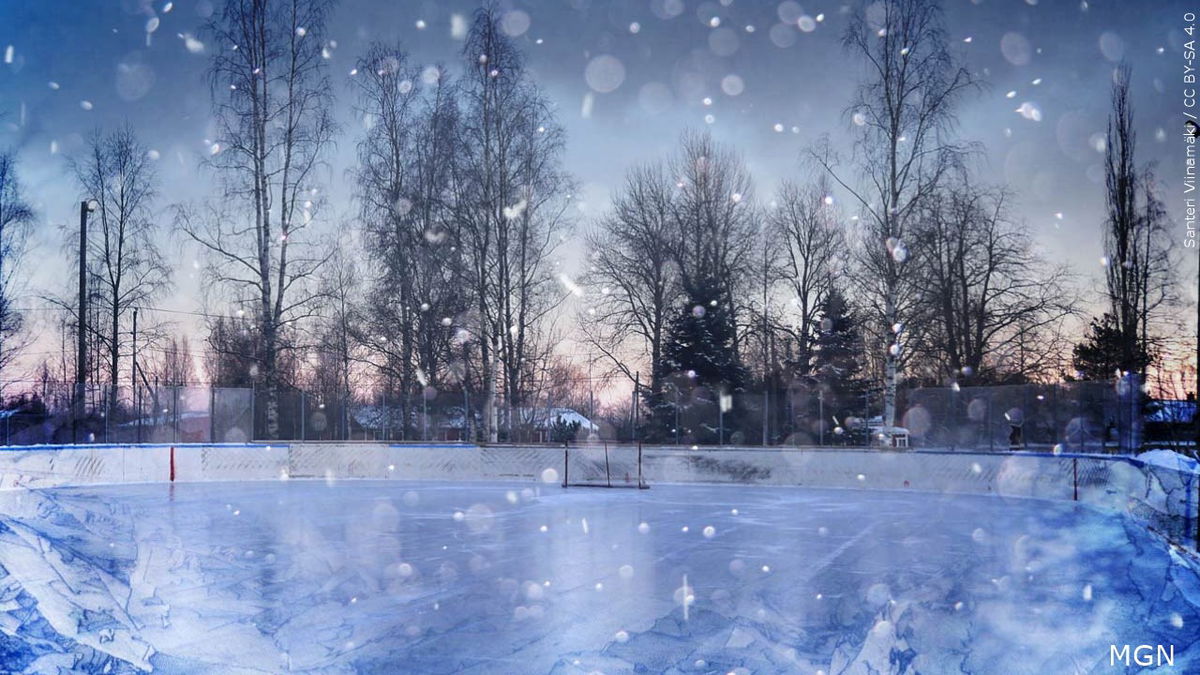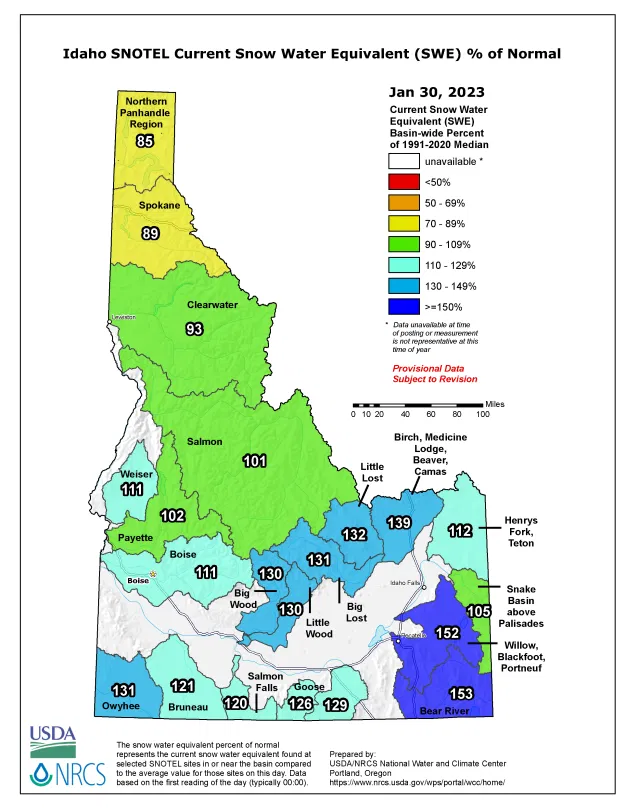Snow great for Idaho recreation, economy; housing and staffing challenges remain

IDAHO FALLS, Idaho (KIFI) - Winter weather is well underway in Idaho, bringing long-anticipated seasonal recreation to residents as well as many people across the U.S. who come to Idaho to experience the state’s top-tier ski resorts.
But despite high traffic and the boon to the surrounding economy, Idaho’s biggest winter recreation destinations face housing challenges for workers, especially those in the service sector.
Idaho ski resorts visits and staffing
Nearly half (47.5%) of Idaho ski area visitors came from out of state in the winter of 2020-21 according to a report commissioned by Ski Idaho [2]. The report highlighted Idaho ski resorts as a regional point of pride that attracts visitors from all over the United States, giving this industry an increased customer base.
For the first time, three of Idaho’s ski resorts were listed in SKI Magazine’s 2023 top 30 ski resorts in the West — Sun Valley at No. 1 (third year in a row), Schweitzer at No. 11 and Grand Targhee at No. 24 [1]. Although officially located in Wyoming, many visitors to Grand Targhee stay, dine and shop on the Idaho side of Teton Valley.
Additionally, the weather this winter has been conducive to snow with help from the “La Niña” weather pattern, allowing some ski resorts to open before Thanksgiving. As of Jan. 30, a majority of the state was experiencing above-average snowpack.

Ski and snowboarder visits to Idaho’s ski destinations broke over two million visitors in the 2020-21 season. These skiers spent $151 million at Idaho ski resorts and $159 million at ancillary businesses [3].
For the 2022-23 season, resorts throughout Idaho made significant investments to enhance the skier experience. Lookout Pass in northern Idaho is close to doubling its terrain this winter, and Grand Targhee in the east is opening a new lift and adding 600 acres of terrain [2].

To properly implement and expand these amenities, resorts require a robust service sector to operate and staff the facilities. The staffing pattern chart, figure 3, shows the changes in employment for the top occupations in ski facilities and illustrates the dominance of service-sector occupations. Most occupations saw significant growth from 2019-2021, with an average growth rate of about 20%. Waiters and waitresses and retail salespersons are the only occupations that saw slight declines in employment of 3% and 4% respectively. The largest employment growth came from tour and travel guides, increasing by 15 positions, or 64%, from 2019.

Not only do these resorts bring business to their own facilities, they also bring traffic to other services in the surrounding area like hotels, restaurants, bars and shopping. Such industries as leisure and hospitality, and accommodation and food services see their lowest employment in January, as many consumers use much of their disposable income in the previous quarter for the holiday season. These seasonal factors can significantly impact these sectors, especially in smaller towns. However, ski resorts can work against this seasonal decline, providing increased traffic to keep these ancillary services afloat in the slower months.

Housing challenges
Housing is a significant challenge facing the ski industry. Rising costs are pricing out many workers who want the jobs but can’t find affordable places to live, especially on wages consistent with service industry occupations. While this is hot-button issue across Idaho, it affects ski towns in a unique way.
Median home prices have rapidly increased over the past couple of years, especially in resort towns. Driggs, McCall and Sandpoint have seen a median home price increase of 71%, compared with the state’s overall increase of 49% [4]. Ketchum, with the prestige of Sun Valley’s ski resort, brings with it some of the most expensive homes in the state and saw 42% growth in this time. In addition, short-term rentals offered through services like Airbnb further reduce affordable housing inventory.
Seeking solutions
While the housing issue will continue to be a barrier in attracting talent, some workers will and do commute, while many communities are actively seeking ways to increase their stock of affordable housing.
Driggs has started construction on the Depot Square, which will add 30 deed-restricted residential units, with plans to be completed by July 2023 [5].
The city of Hailey recently approved a 51-unit apartment building with employment in Blaine County a requirement for tenants. The move is meant to attract a younger workforce and increase the area’s stock of affordable housing [6].
Teton County Joint Housing Authority and the city of Victor are working on a project for affordable housing intended to provide housing for tourism industry workers, teachers and public employees [7].
Winter recreation allows many to experience Idaho’s natural beauty in a unique and exciting way that many anxiously wait for all year. It attracts many out-of-state visitors and brings in millions in revenue for Idaho’s nationally ranked resorts.






